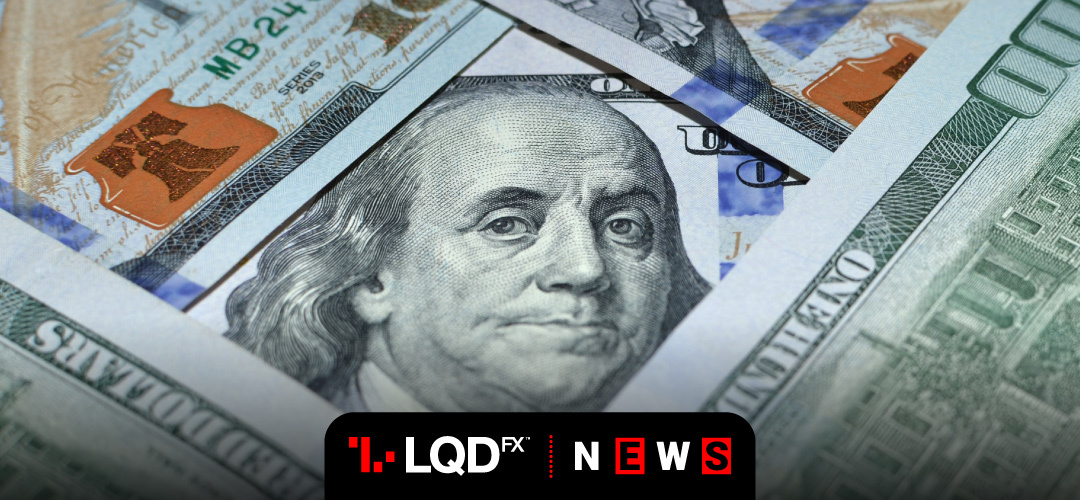The Fed will start corporate bond buying through the secondary market corporate credit facility, one of several emergency facilities to shore up liquidity.
The U.S. Federal Reserve said it would start purchasing corporate debt as part of an already announced stimulus scheme. The major central bank launched its Main Street Lending Program for businesses. The Fed will make its corporate debt purchases in the secondary market. It said it would also be buying bonds directly from issuers “in the near future”. The combined size of the primary and secondary programmes is up to $750 billion.
Leaders from Britain and the EU agreed on Monday that talks on their future relationship should be stepped up. The UK Prime Minister Boris Johnson suggested an agreement could be reached in July.
In the UK the jobless rate unexpectedly held at 3.9% over the three months to April. UK Firms turned to the government’s job retention scheme to keep employees on their books. This week, investors are also awaiting the Bank of England’s meeting on Thursday. The BoE will probably announce a fresh increase of at least 100 billion pounds ($126 billion) in its bond-buying firepower.
German investor sentiment rose more than expected in June. Investors hope that the worst of a sharp downturn prompted by the coronavirus pandemic will be over by the summer. The ZEW research institute said its monthly survey showed investors’ economic sentiment rose to 63.4 from 51.0 in May.
The Bank of Japan had increased its lending packages for cash-strapped firms to $1 trillion from about $700 billion. Moreover, the BoJ kept monetary settings steady, sticking to its view that the Japanese economy will gradually recover from the pandemic impact.
START TRADINGForex – Fed bond buying scheme boosts confidence
Riskier currencies rallied on Tuesday as the U.S. Federal Reserve prepared to start its corporate bond buying scheme. The move boosted confidence across asset classes and underpinned risk-sensitive currencies like the Australian and New Zealand dollars.
The dollar slipped as the U.S. Fed said it planned to start its previously announced corporate bond-buying scheme. The greenback firmed up at 96.62, having dropped almost 1% from Monday’s high of 97.396.
While the Japanese yen was a touch weaker on the day at 107.44 on Tuesday, it has again settled into ranges held since April. The dollar/yen was neutral at 107.35.
The Australian dollar was also backsliding, having risen more than 2% off a two-week low in Asian trading.
The New Zealand dollar briefly pushed above 65 cents to $0.6508.
The euro was little changed against the U.S. dollar. The common currency recovered from falls after traders feared a second wave of coronavirus and decided to cash in on any gains.
Friendlier Brexit talks along with better than feared job data supported the pound against a broadly weaker dollar. Sterling rose on Tuesday after hitting a two-week low in the previous session against the greenback.
This year, the pound has lost almost 5% against the dollar, but recovered 0.3% on Tuesday, touching $1.2645. Against the euro, the pound was up 0.2% at 89.63 pence.
Oil prices also steadied in commodity markets as lingering concerns over fuel demand from the resurgence of new coronavirus infections were cushioned by hopes of further cuts in crude supplies.
U.S. crude was trading up 1.2% at $37.58 a barrel, after falling 1.2%. Brent crude also rose 1.5% to $40.34 per barrel.
PLEASE NOTE The information above is not investment advice.
Sources: Reuters, Investing, CNN money
